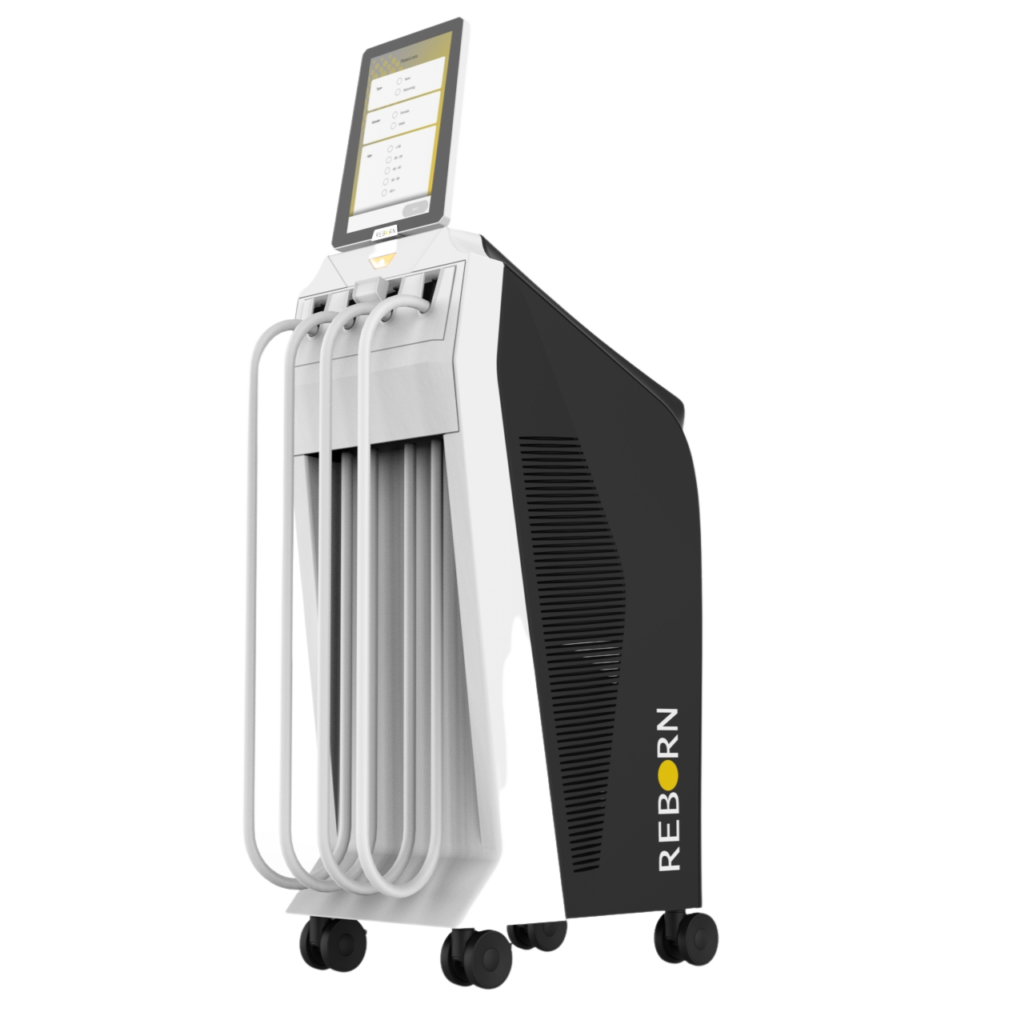For many individuals, reducing unwanted body fat can be a challenging process. It’s no surprise that a wide range of fat reduction techniques exist, including surgical options like liposuction body contouring and non-invasive alternatives like ReBorn technology. However, with so many options available, it can be challenging to determine which approach is best suited to your individual needs.
Table of Contents:
- What is liposuction?
- How does liposuction work?
- What are the benefits of liposuction?
- What are the risks of liposuction?
- What is non-invasive fat reduction?
- How does non-invasive fat reduction work?
- What are the benefits of non-invasive fat reduction?
- What are the risks of non-invasive fat reduction?
- Liposuction vs non-invasive fat reduction: which is better?
- Conclusion
What is liposuction?
Liposuction is a surgical procedure that aims to remove excess fat from the body. It involves the insertion of a small tube called a cannula into the target area. The cannula is then used to suction out the unwanted fat cells.
How does liposuction body contouring work?
Liposuction works by removing unwanted fat cells from the body. The procedure begins with the administration of anesthesia. Once the patient is sedated, the surgeon makes small incisions in the target area. A cannula is then inserted through the incisions and moved back and forth to suction out the fat cells. Once the desired amount of fat has been removed, the surgeon will close the incisions with sutures.
What are the benefits of liposuction contouring?
Liposuction can be an effective way to remove excess fat from the body, helping to improve overall body shape and contour. It is a relatively quick procedure that can be performed on an outpatient basis. The recovery time is generally short, and patients can typically resume their normal activities within a few days.
What are the risks of liposuction contouring?
As with any surgical procedure, there are risks associated with liposuction. These risks can include infection, bleeding, and anesthesia complications. There is also a risk of uneven fat removal, which can lead to lumps and bumps in the treated area.
What is non-invasive fat reduction?
Non-invasive fat reduction techniques aim to reduce unwanted body fat without surgery. There are several different types of non-invasive fat reduction techniques available, including cold, radiofrequency, LED power, and ultrasound.
How does non-invasive fat reduction work?
Non-invasive fat reduction techniques work by targeting and destroying fat cells using various methods such as cooling, heating, or ultrasound. These methods cause the fat cells to break down and be eliminated from the body naturally.
What are the benefits of non-invasive fat reduction?
Non-invasive fat reduction techniques are typically less invasive than liposuction and do not require anesthesia. They can be performed on an outpatient basis, with little to no downtime. Non-invasive fat reduction techniques also tend to have fewer risks and side effects than liposuction.
What are the risks of non-invasive fat reduction?
While non-invasive fat reduction techniques are generally considered safe, there are still some risks associated with these procedures and each technology type. These risks (specifically in the cooling technology) can include skin irritation, redness, and discomfort. In rare cases, non-invasive fat reduction techniques can lead to more severe complications such as skin damage or nerve damage.
Liposuction vs non-invasive fat reduction: which is better?
When it comes to deciding between liposuction and non-invasive fat reduction techniques, there is no one-size-fits-all answer. The best option for you will depend on your individual needs and goals.
We strongly recommend you to consider the non-invasive technology and compare different procedures and their side effects, or lack of them.






